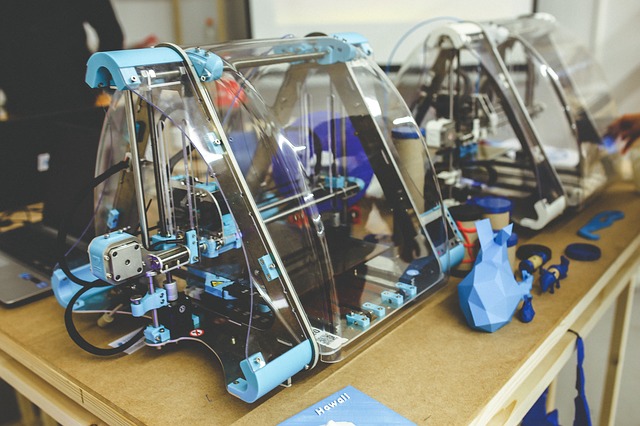The emergence of automation in the food industry has been slower than in other industries. There are many reasons why this is so, but the one that’s most often cited is because food, unlike other products, differs greatly in its shape and consistency, presenting a formidable challenge for those looking to automate food processing systems.
Traditional food processing systems
Traditional food manufacturing facilities are essentially just giant kitchens, with food prepared in much the same fashion as it was at home. Of course, larger companies were quick to see the benefits of automation where they could, for example with packaging and palletizing. However, advancements in ‘pick-and-place’ robot technology meant that food manufacturers could move automation further along, onto the production lines as well.
Even so, most such systems can only be installed on long-life, high-volume production lines. For smaller manufacturers it means they have been much slower in the move towards automation. They have faced challenges such as limited low-cost labor and expertise, market volatility, and a general consensus that the industry is unsuitable for automation.
However, faced with pressures such as the decline in the availability of low-cost labor, and a demand for assured hygienic products, automation has started to be looked at seriously.
Food manufacturing automation
Those driving forces have seen a rapid increase in the adoption of automation by the industry, that’s also been spurred by advancements in robotics and electromechanical systems that are better able to deal with the challenges of the food industry.
To begin with, automation in food production was focused at the end of the production line, with robot machines being used in the packaging products. Robots are perfect for this task, and this led to a demand for machines that could work further up the production line and fulfill pick-and-place tasks instead of humans.
That demand was met with the introduction of Delta robots, which are now built by several manufacturers. Delta Robots are designed to operate quickly, and can perform around 100 to 120 picks per minute on light payloads of 1 to 2 kilograms. Similar advances in technology have led to the development of flexible effectors that can reliably pick up most food products without damaging or contaminating them.
Future automation in food processing
In the coming years, food processing procedures won’t change much. However, the incidence of manual labor in the industry is all set to decline, as the market will be driven towards automation by outside market forces. One of the greatest difficulties the food processing industry faces is addressing the skills gap that automation will bring, such as finding enough skilled engineers to maintain the machines. As such, this demand for newer, skilled labor will ensure that manual laborers can move on to new opportunities.
SIAT Norway supplies a wide range of automated solutions and packaging machines. Read more on their homepage at www.siat.no



